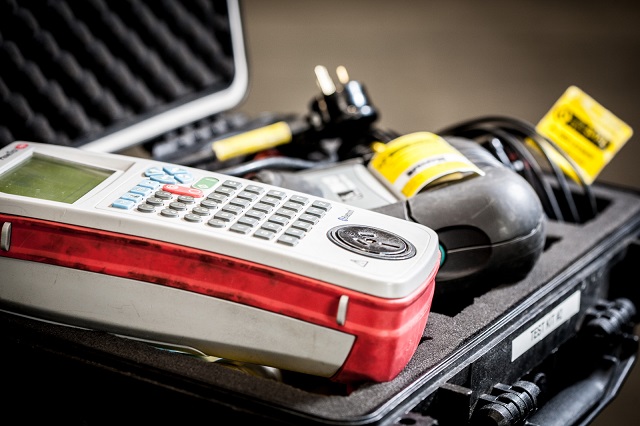PAT stands for portable appliance testing and it is an important part of workplace health and safety. It is performed by doing a series of tests on portable appliances. Below we will go over everything you need to know about a PAT tester and PAT testing so you can get a better understanding.

The first thing we will go over is what a PAT tester is. It is a hand-held appliance tester used for quick and efficient testing of earth and double-insulated sensitive electronic equipment which cannot be tested with a standard insulation tester. The tool features a large screen display, comes with RCD testing function, earth leakage function and power measurement. Some PAT tester models come with built-in memory that can record 40,000 test, and feature reseatable overload protection and one-button testing. All tester feature a robust construction and come with warranty and calibration certificate.
The second thing we’ll go over is what PAT testing actually consists of. The first steps in the visual inspection include looking for damaged flexes, damaged plugs, any damage to equipment which may include discoloration, burn marks and overheating. You also must check that plugs have been wired correctly and fuses have been rated correctly. The series of tests that follow could include any of the following which are an earth continuity test, insulation resistance test, polarity test and earth leakage test. This, of course, all varies on which class and type of equipment are being used in the workplace all of these tests might not be necessary for some equipment, but some may require them all.
So how is a portable appliance classed? A portable appliance could refer to any and all equipment that is powered anywhere between 40 to 240 volts. It also must be connected to electrical mains which in most cases is through a plug. Now depending on where you live, you may or may not be required to do these tests. You should check your local laws to make sure you are up to date with regulations.
How often you perform these tests will depend on your company’s risk assessment and maintenance schedule. While there are no legal requirements that you should keep records, it can be a good idea to keep track. It can be useful when it comes down to managing, monitoring and reviewing just how effective and efficient the maintenance schedule that is in place is. It is also a good way to keep track of the general maintenance schedule.
A few of the benefits of using a PAT tester is that when portable electrical equipment is used, maintenance is key to preventing danger. In a low-risk workplace, you might not necessarily need to perform these tests but it is always an advantage when it comes to workplace health and safety. Once you have a routine in place and everything is worked out, it does not take much time nor is it complicated. It is also important to note that if you simply take the time to look for signs of any kind of damage, you can avoid damage. Taking this simple step every so often is a good way of maintaining your portable electrical equipment as well as keeping the workplace safe for everyone.






















